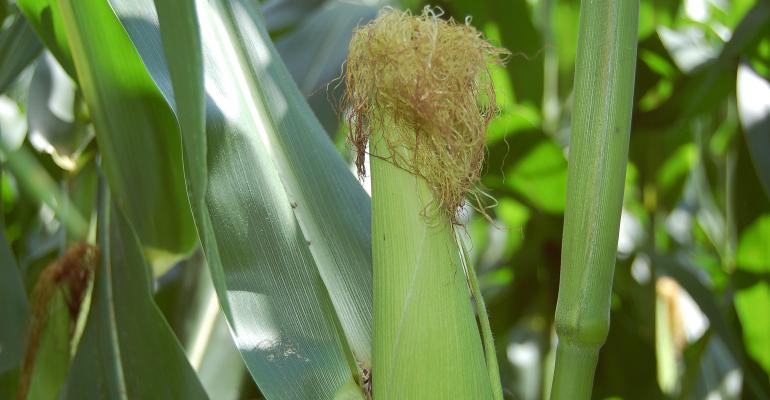Insect control strategy for corn without traits

Corn Pest Beat: Planting corn without insect protection changes the game.
Oct 05, 2018
We’re not buying corn with traits for 2019 to save money. We live in central Indiana and haven’t scouted much, so we don’t know what insects we’ve had. What kind of insect protection should we think about for 2019?
The Indiana certified crop adviser panel answering this question includes Betsy Bower, agronomist, Ceres Solutions, Lafayette; Steve Gauck, sales agronomist, Beck’s, Greensburg; and Dan Ritter, agronomist, Dairyland Seed, Wabash.
Bower: If you don’t plan to use traited corn in 2019, be ready to scout all your cornfields next year for insect pests. You’ll need to be ready to scout early at V3 to V5, or the three- to five-leaf stage, for black cutworm. While we don’t have black cutworms every year, they can surprise us from year to year in spots.
Scout for corn borer around V6 to V9. Corn borer is one pest I see more often in untraited corn. If you find corn borer pest pressure intense enough to need treatment, treat immediately to get the best control possible. Treating for corn borer is at best 60% to 70% effective due to the nature of the way that corn borers bore into the plant over an extended time. It also relates to coverage that can be achieved on all plant parts.
Be ready to scout for silk clipping insects at pollination. Silk clipping insects include western corn rootworm and Japanese beetles.
You’ll need to be on your scouting game if you plan to use untraited corn, but it can be a way to save some dollars if there has been investment by the seed company into new germplasm for yield of non-GMO corn.
Gauck: Depending on the type of traited corn you’ve planted in the past, you were mainly looking to target rootworm larvae, corn borer and/or earworm. For insects, you must be more proactive than reactive. If rootworms are a concern in your area, use an insecticide at planting. As for corn borer and earworm, very timely scouting is needed, as these need to be sprayed before they bore into the plant. You’ll also need to consider that corn borer has more than one generation throughout the growing season. Insects are one risk you take when planting non-traited corn.
Ritter: Without scouting for insects, it may be difficult to have an accurate idea of historical insect pressure on your farm. I would investigate what the level of insect pressure has been in your local neighborhood. That information may assist you in making a more informed decision.
Historically, with the widespread use of traited corn and unfavorable conditions for survival of corn rootworm, that pest has been on a decline. Central and western Indiana tend to have higher corn rootworm levels than other areas of the state. Recently there has been an increased use of non-traited or glyphosate-tolerant-only corn. The 2018 spring was more favorable for rootworm survival. We may see those numbers back on the increase. European corn borer levels are also on the increase for similar reasons.
Regardless of traits, the insect protection to think about for 2019 would be corn rootworm and European corn borer first, then black cutworm, white grubs and western bean cutworm in certain areas of Indiana.

